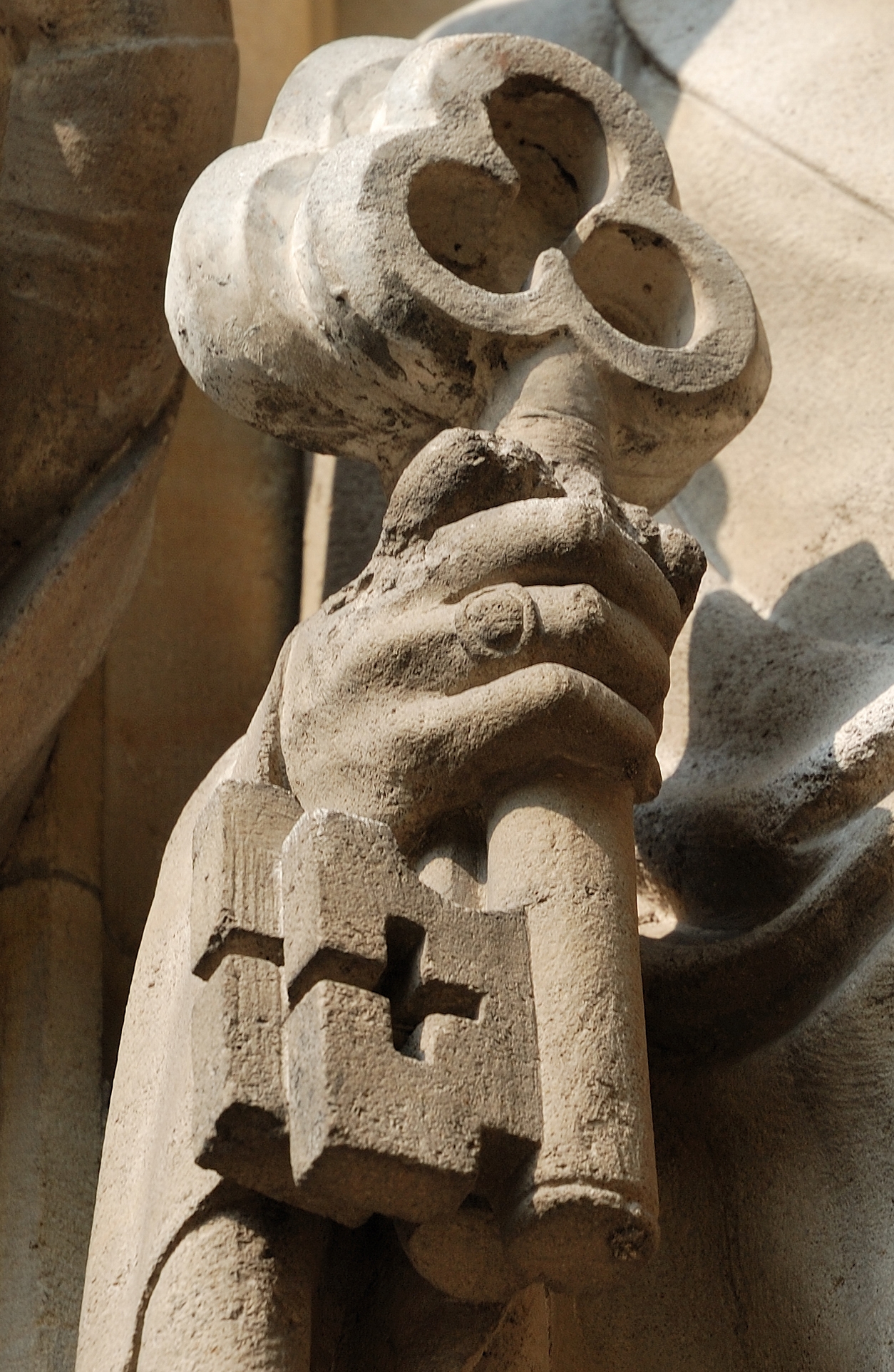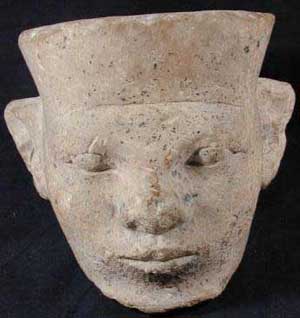

Growing Embossed Nanostructures of Polymer Brushes on Wet-Etched Silicon Templated via Block Copolymers The stickiness of the PDOPBr pattern on polymer brush surfaces is stable enough to perform continuous μCP and SI-ATRP to prepare stratified polymer brushes with a 3D topography, which have broad applications in cell and protein patterning, biosensors, and hybrid surfaces. It is found that the surface energy, chemically active groups, and the antifouling ability of the polymer brushes affect transfer efficiency and adhesive stability of the polydopamine film. Stratified polymer brushes are fabricated using microcontact printing (μCP) of initiator integrated polydopamine (PDOPBr) on polymer brush surfaces and the following surface initiated atom transfer radical polymerization (SI-ATRP). Wei, Qiangbing Yu, Bo Wang, Xiaolong Zhou, Feng Stratified polymer brushes from microcontact printing of polydopamine initiator on polymer brush surfaces. We also demonstrate a possible application of such PS/PAAm brushes in a tunable bioadhesion-bioadhesive (PS on top) or nonbioadhesive (PAAm on top) surface as revealed by Escherichia coli bacterial seeding.

This facilitates substantial contrast in the surface properties upon switching, previously only possible for substrates composed of predetermined nanostructures. The "mosaic" brush approach allows for a combination of strongly immiscible polymers in one brush. The surface tension and adhesion of the binary brush are governed by the polymer occupying the top stratum. Upon being exposed to specific selective solvents, BPBs may adopt different conformations. Successive grafting of a secondary polymer (polyacrylamide, PAAm) results in the fabrication of binary polymer brushes (BPBs). Depending on the nature of the assembly (SMA, HBC, or neat BCP) and annealing method (exposure to vapors of different solvents or heating above the glass transition temperature), a range of "mosaic" brushes with different parameters can be obtained. The major block of polystyrene (PS) forms mosaic-like arrays of grafted patches that are 10-20 nm in size. This is achieved by a chemical reaction between the minor block (10%, poly(4-vinylpyridine)) of the block copolymer and a substrate. In this study, we use microphase separation to construct responsive polymer brushes that collapse to generate periodic surfaces. The phenomenon of microphase separation is an example of self-assembly in soft matter and has been observed in block copolymers (BCPs) and similar materials (i.e., supramolecular assemblies (SMAs) and homo/ block copolymer blends (HBCs)). Binary Polymer Brushes of Strongly Immiscible Polymers.Ĭhu, Elza Babar, Tashnia Bruist, Michael F Sidorenko, Alexander


 0 kommentar(er)
0 kommentar(er)
